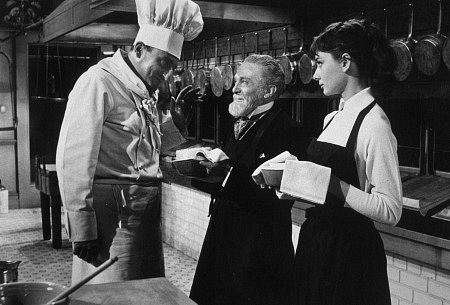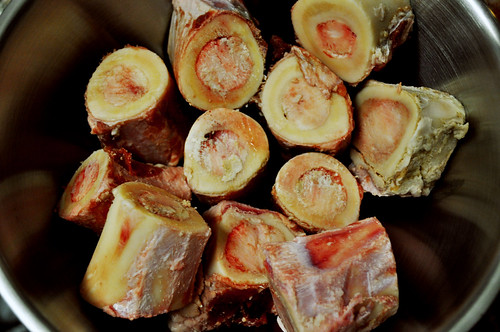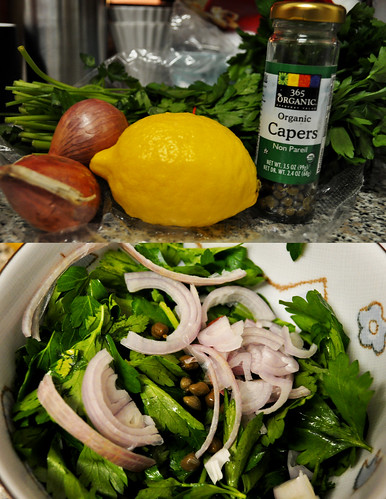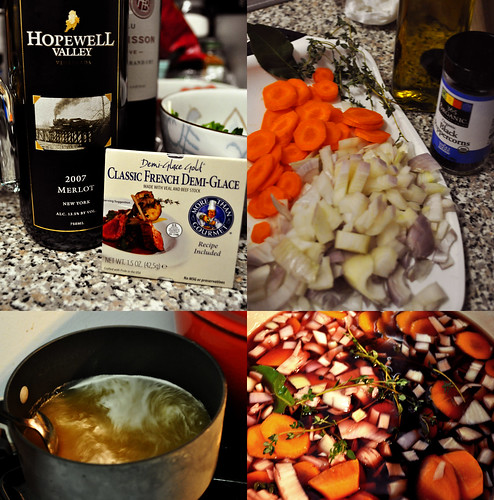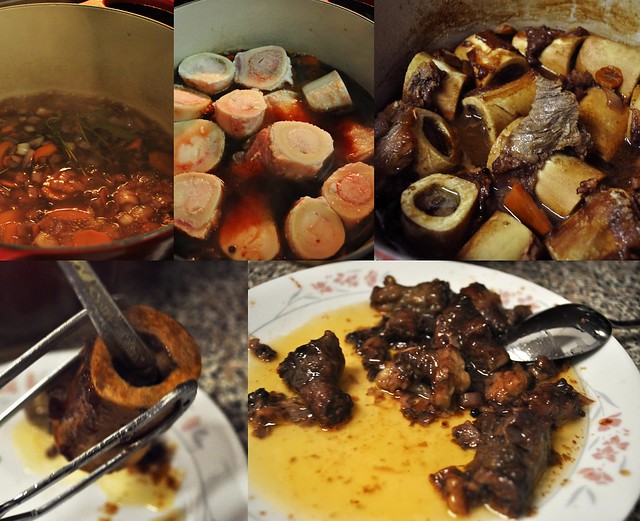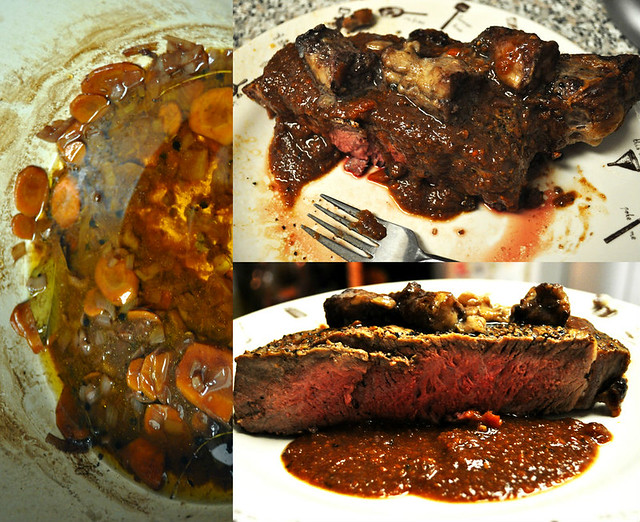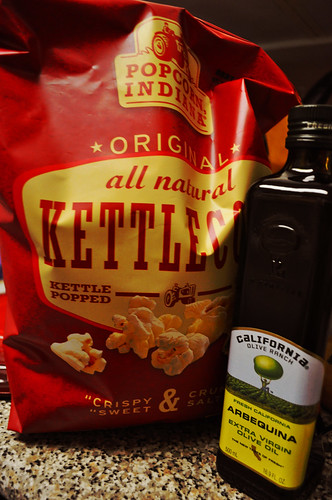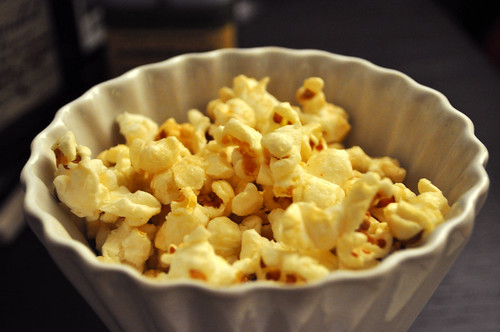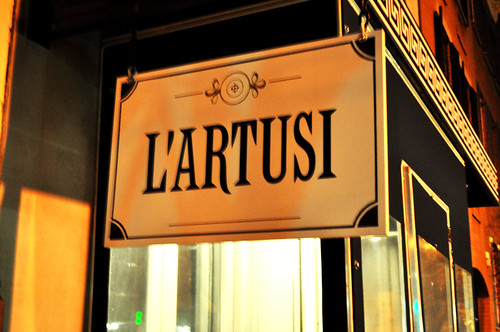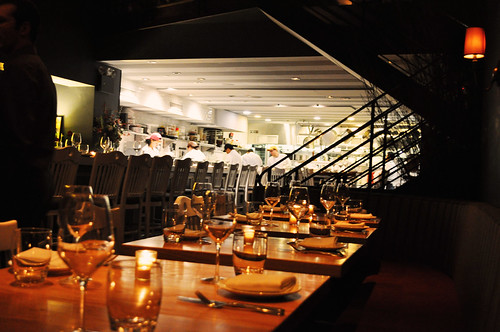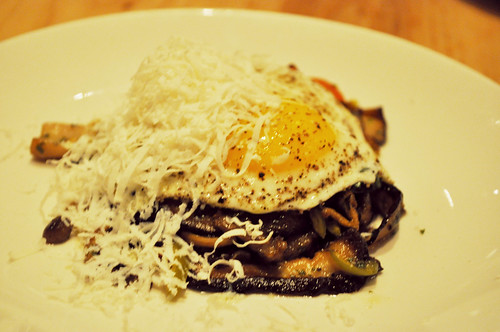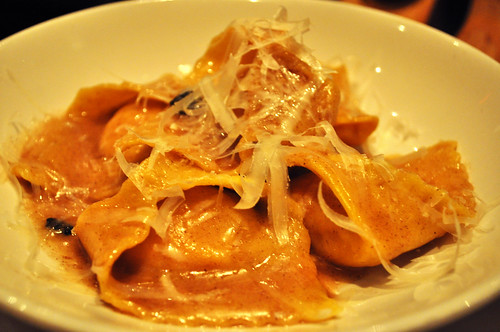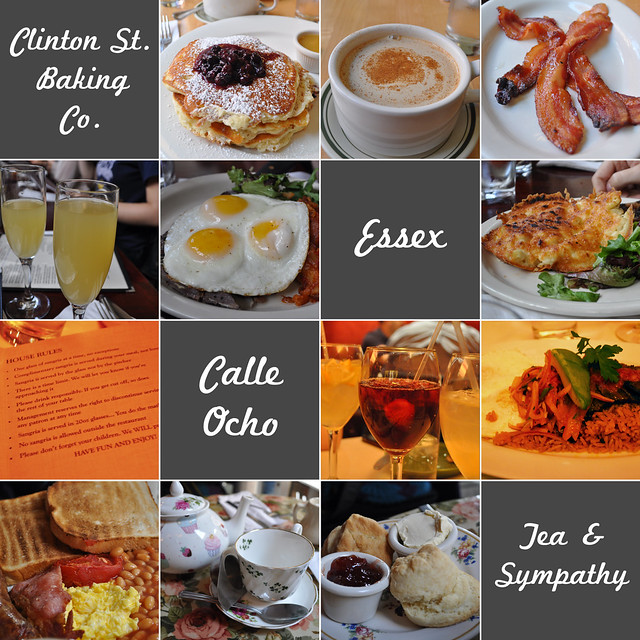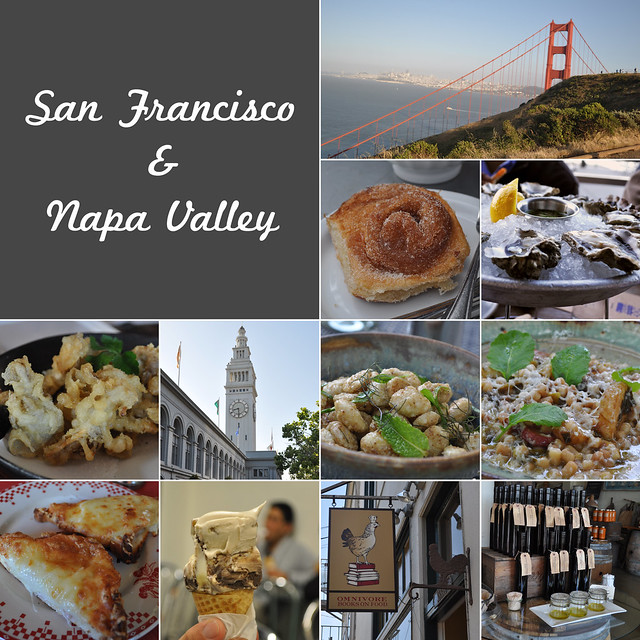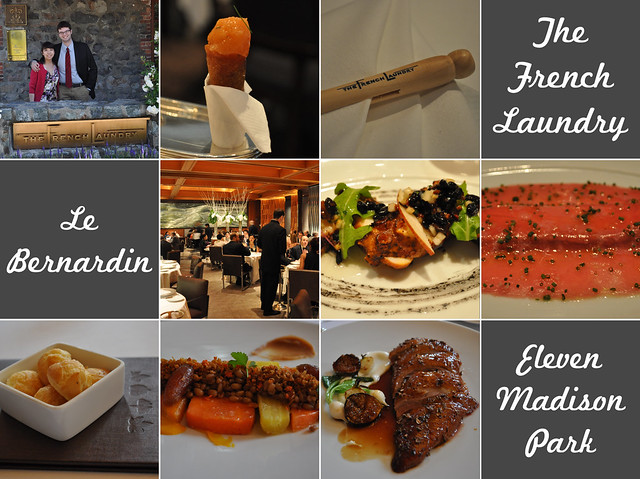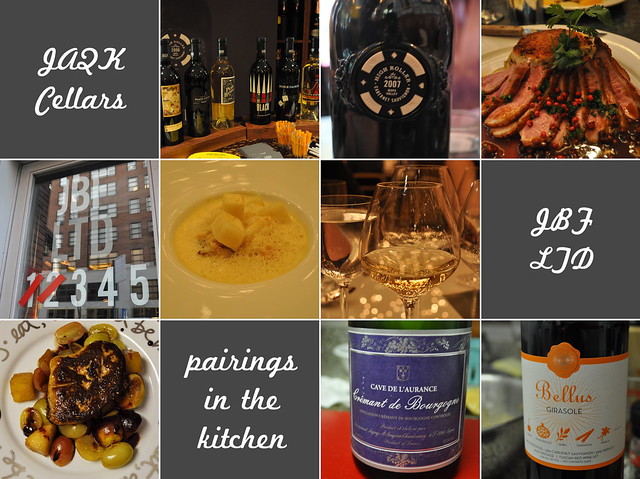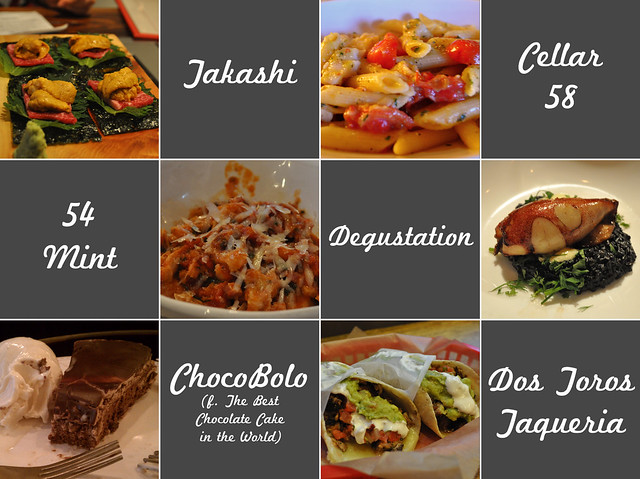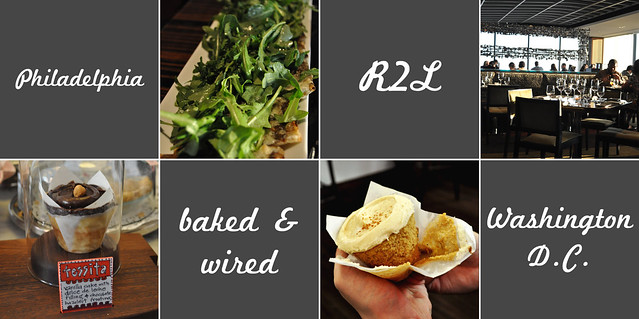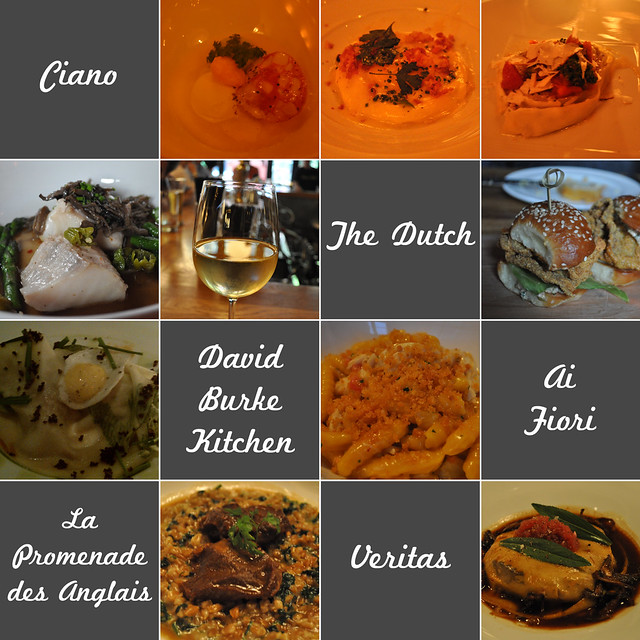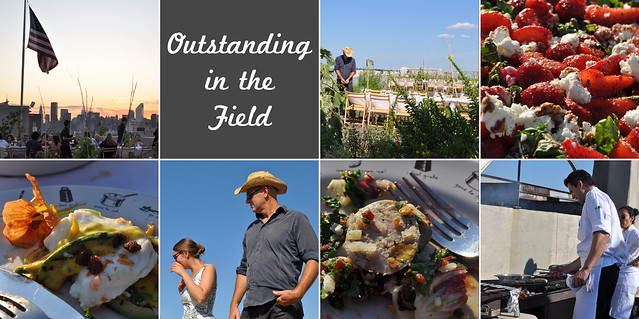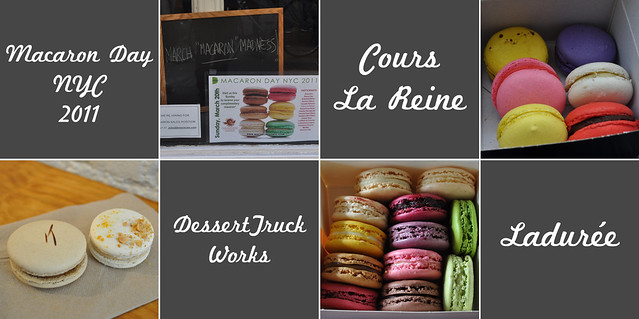That being said, I'm going to start off 2012's Q&As with a brief run-through of questions with my best friend, Lisa, whom you probably recall from all of the Table Conviviale supper club posts as well as some random dinner outings as well. Besides all of that, Lisa was one of the first people who really helped me discover my interest in food, culinary delights, and all of those wonderful things. For example, the restaurant that was my all-time favorite before I had visited Eleven Madison Park was at Tribeca's fresh (now shuttered), which also happened to be Lisa's favorite at the time as well (in fact, she was the one who introduced me to it in the first place!). Plus, She's always been knowledgeable in that field -- studying hotel management and some culinary arts (at the Cornell School of Hotel Administration) have certainly solidified that even further. I always feel comfortable and excited to dine out with her because it's always a pleasant experience -- stress-free with a total emphasis on the dining experience and the food at hand. She is a true gourmet at heart, and I absolutely love her for it. Thanks for always being there for me, Lisa :) I'm glad we've been friends for so long -- I'm so lucky to have you in my life. Here to many more meals to share together and over which to drool plenty :D!
Lisa (right) and me in the kitchen of our all-time favorite restaurant, Eleven Madison Park, for chef-made deconstructed cocktails!
NAME
Lisa
CURRENT CITY
New York, NY
FAVORITE ALL-TIME RESTAURANT
MOST REGULARLY FREQUENTED SPOT(S)
Sushi Yasuda (I love uni!); in Chinatown, New Green Bo Restaurant for xiao long bao and Jin Fong for dim sum
DRINK OF CHOICE
It really depends on my mood -- I can never say no to a lovely cold glass of Moscato d'Asti. Riesling from upstate New York always has a place in my heart because it reminds me of the fun wine-tasting times I had at Cornell. I like Saint Julien wine from Bordeaux in the evening to enjoy and relax. I enjoy bellinis for Sunday brunch. And lastly, my kick-ass sangria that I make during the summer with the help of William & Sonoma (and I load it up with lots of fruit)!
SOMETHING YOU SECRETLY INDULGE
currently, fresh air-popped popcorn drizzled with my newly bought California Olive Ranch Limited Reserve Olive Oil and sprinkled with white truffle salt (see our olive oil tasting on Stefie's blog here)
DISH YOU MOST ENJOY PREPARING
NAME
Lisa
CURRENT CITY
New York, NY
FAVORITE ALL-TIME RESTAURANT
Eleven Madison Park! Stefie and I discovered this years before it was New York magazine's #1 restaurant of 2011. We clearly saw the potential and kept dining there to show our support. Did I mention that the general manager is a Cornell Hotelie? =)
MOST REGULARLY FREQUENTED SPOT(S)
Sushi Yasuda (I love uni!); in Chinatown, New Green Bo Restaurant for xiao long bao and Jin Fong for dim sum
DRINK OF CHOICE
It really depends on my mood -- I can never say no to a lovely cold glass of Moscato d'Asti. Riesling from upstate New York always has a place in my heart because it reminds me of the fun wine-tasting times I had at Cornell. I like Saint Julien wine from Bordeaux in the evening to enjoy and relax. I enjoy bellinis for Sunday brunch. And lastly, my kick-ass sangria that I make during the summer with the help of William & Sonoma (and I load it up with lots of fruit)!
SOMETHING YOU SECRETLY INDULGE
currently, fresh air-popped popcorn drizzled with my newly bought California Olive Ranch Limited Reserve Olive Oil and sprinkled with white truffle salt (see our olive oil tasting on Stefie's blog here)
DISH YOU MOST ENJOY PREPARING
Although it’s super hectic, I love planning Thanksgiving dinner weeks before, shopping for the ingredients, and finally brining the turkey and cooking it. The kitchen is the heart of my house and where we gather around for some quality family bonding and lots of laughter provided by my ridiculous brother! =)
THE HOMEMADE DISH YOU ALWAYS LONG FOR
GASTRONOMIC GETAWAY/ADVENTURE OF CHOICE
Italy -- everything from drinking in Tuscany and Piedmont to truffle hunting in Alba!
FAVORITE COOKBOOK/COFFEE TABLE BOOK
The Eleven Madison Park Cookbook that Stefie got me, and it's even signed by its chef, Daniel Humm, and its general manager, Will Guidara!
CULINARY WORDS THAT NEVER LOSE THEIR PANACHE
いただきます (itadakimasu, which means "Let's eat!" in Japanese)
FOOD BLOG(S) YOU JUST CAN'T GET ENOUGH OF
The Hungry Hedonist, a fellow classmate's blog that got me hooked on food blogs, and that obviously carried over to Four Tines and a Napkin! But seriously, Stefie, do you need to ask or are you just trying to toot your own horn? LOL
THE HOMEMADE DISH YOU ALWAYS LONG FOR
my nanny’s stir-fried tomato and egg, stir- fried lima beans with bacon, and oxtail soup (with a bowl of white rice, of course)
GASTRONOMIC GETAWAY/ADVENTURE OF CHOICE
Italy -- everything from drinking in Tuscany and Piedmont to truffle hunting in Alba!
CULINARY ICONS
Anthony Bourdain is just soo f@#$ing hilarious! Considering the sh#% that comes out of his mouth, you just gotta say to yourself, “Did he really say that on TV?!”
MEAL YOU WISH YOU CAN REPEAT BUT SOMEHOW CANNOT
Chef Thomas Keller's "Oyster and Pearls" -- it's not that I cannot because I haven't tried, but I have a feeling that the first attempt will be disastrous!
ABSOLUTE "CAN'T-STANDS"
anything overcooked -- end of story!
FAVORITE DESSERT OF ALL TIME
banana mille feuille cake from Lady M -- OMG, to die for!
anything overcooked -- end of story!
FAVORITE DESSERT OF ALL TIME
banana mille feuille cake from Lady M -- OMG, to die for!
FAVORITE COOKBOOK/COFFEE TABLE BOOK
The Eleven Madison Park Cookbook that Stefie got me, and it's even signed by its chef, Daniel Humm, and its general manager, Will Guidara!
CULINARY WORDS THAT NEVER LOSE THEIR PANACHE
いただきます (itadakimasu, which means "Let's eat!" in Japanese)
FOOD BLOG(S) YOU JUST CAN'T GET ENOUGH OF
The Hungry Hedonist, a fellow classmate's blog that got me hooked on food blogs, and that obviously carried over to Four Tines and a Napkin! But seriously, Stefie, do you need to ask or are you just trying to toot your own horn? LOL


